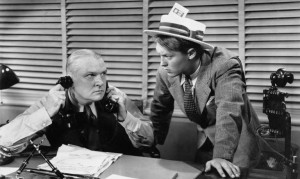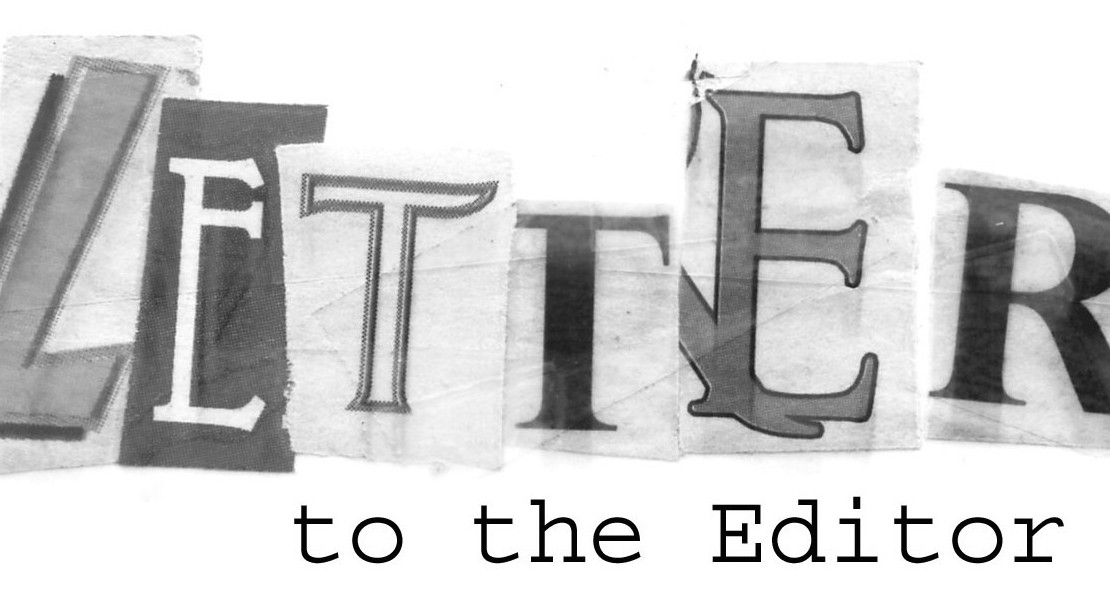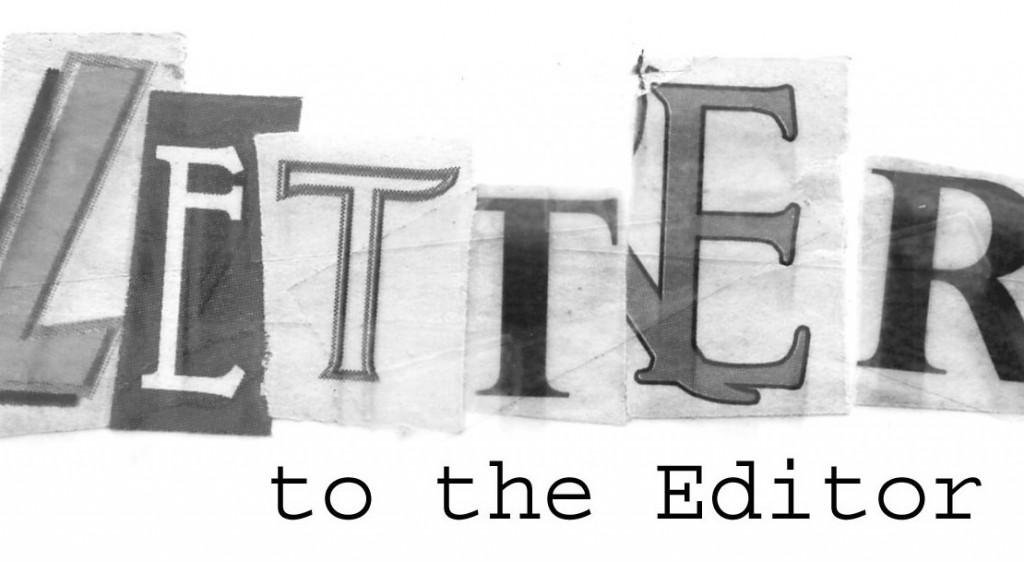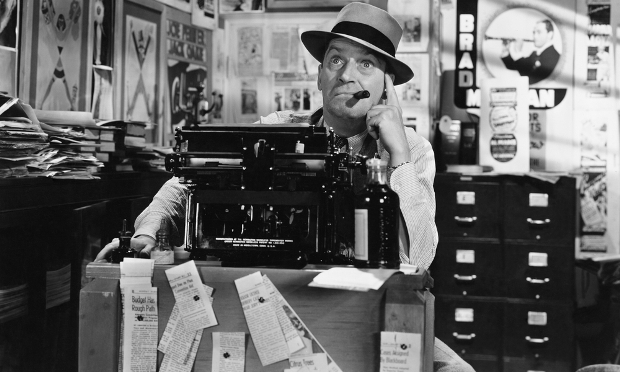By Communications Coordinator, Kara DeMent
Twitter: @KaraDeMent_
As a PR professional, it’s critical to be creative. Campaigns can live or die based on an idea.
But I have a confession to make: sometimes I struggle with creativity.
Creative ideas seem to come naturally for some of my colleagues, so it makes me anxious and nervous when I’m not producing them. I enjoy art, dance and writing; which are all creative activities, so why do I struggle so much with getting my own creative juices flowing?
Can you relate?
It turns out, a lot of PR professionals feel the same way. After digesting a copious amount of advice and best practices, I’ve learned five great tips for saying “goodbye” to those anxiety-filled creative blocks.
- Draw something – give your left brain a break and doodle! The right side of your brain is more visually oriented, so doodling can help “rev up” your creative engine. Drawing helps you relax and gives your analytical brain a break.
- Think outside the box – try viewing things from a different perspective. Think like your client, co-worker or audiences. Put yourself in their shoes. What do they like? What are their motivations? What’s in it for them? What’s the big picture? You never know what you might discover!
- Change your environment – move your creative thinking outside, to a coffee shop, or to a quiet room. Small changes can make a big difference. For example, the people watching & soft hum of noises at your local coffee shop may give you a different perspective than the office. In fact, Hollywood’s most successful writers often work at Chateau Marmont just for the inspiration. So, get out there and discover what makes you inspired!
- Take a break – step away from whatever project you’re working on and take a moment to collect and conquer. Sometimes a brisk walk and some fresh air can make a big difference.
- When in doubt, read! – read articles, blogs, and newsletters that you wouldn’t normally to give you different tips and perspectives.
Whether you’re brainstorming your next big strategy or social media campaign, consider these tips to tap into your creative side. If you’re still struggling with creativity, tap into ours! Feel free to contact us at info@wrightoncomm.com.



 Apparently, public relations is a tough concept for many people to grasp. In a way, it falls in the grey area of other practices, such as marketing, advertising and journalism.
Apparently, public relations is a tough concept for many people to grasp. In a way, it falls in the grey area of other practices, such as marketing, advertising and journalism.
 Our job now is to explain why the person should care about whatever it is we want them to care about, as quickly and succinctly as possible. In today’s world of infinite access to limitless information, if you don’t pitch an article, product or concept in one sentence, you’re doing it wrong.
Our job now is to explain why the person should care about whatever it is we want them to care about, as quickly and succinctly as possible. In today’s world of infinite access to limitless information, if you don’t pitch an article, product or concept in one sentence, you’re doing it wrong.

 Now, don’t get me wrong, journalists – those things are annoying, misguided and a mark of poor (or no) research. So I assure you, I feel you. But I also assure you that for every off-base pitch or umpteenth follow-up you get, there are more carefully-crafted notes from PR pros trying very hard to make you happy. We read your media profiles, we catch up on months or even years of your articles, we make notes about your beats and interests in our media lists and we set ourselves reminders in our calendars to follow up a sane amount of times over a reasonable timeframe.
Now, don’t get me wrong, journalists – those things are annoying, misguided and a mark of poor (or no) research. So I assure you, I feel you. But I also assure you that for every off-base pitch or umpteenth follow-up you get, there are more carefully-crafted notes from PR pros trying very hard to make you happy. We read your media profiles, we catch up on months or even years of your articles, we make notes about your beats and interests in our media lists and we set ourselves reminders in our calendars to follow up a sane amount of times over a reasonable timeframe. Both media and PR experts are under lots of pressure, day in and day out. There are deadlines to meet, pieces to write and people to please. So no sympathy needed, no snark involved – let’s just keep it copacetic and make great stories happen, together.
Both media and PR experts are under lots of pressure, day in and day out. There are deadlines to meet, pieces to write and people to please. So no sympathy needed, no snark involved – let’s just keep it copacetic and make great stories happen, together.









 Grant Wright
Grant Wright Corie Fiebiger
Corie Fiebiger
 Shae Geary
Shae Geary Phelan Riessen
Phelan Riessen Katrina Early
Katrina Early Hamish Marshall
Hamish Marshall